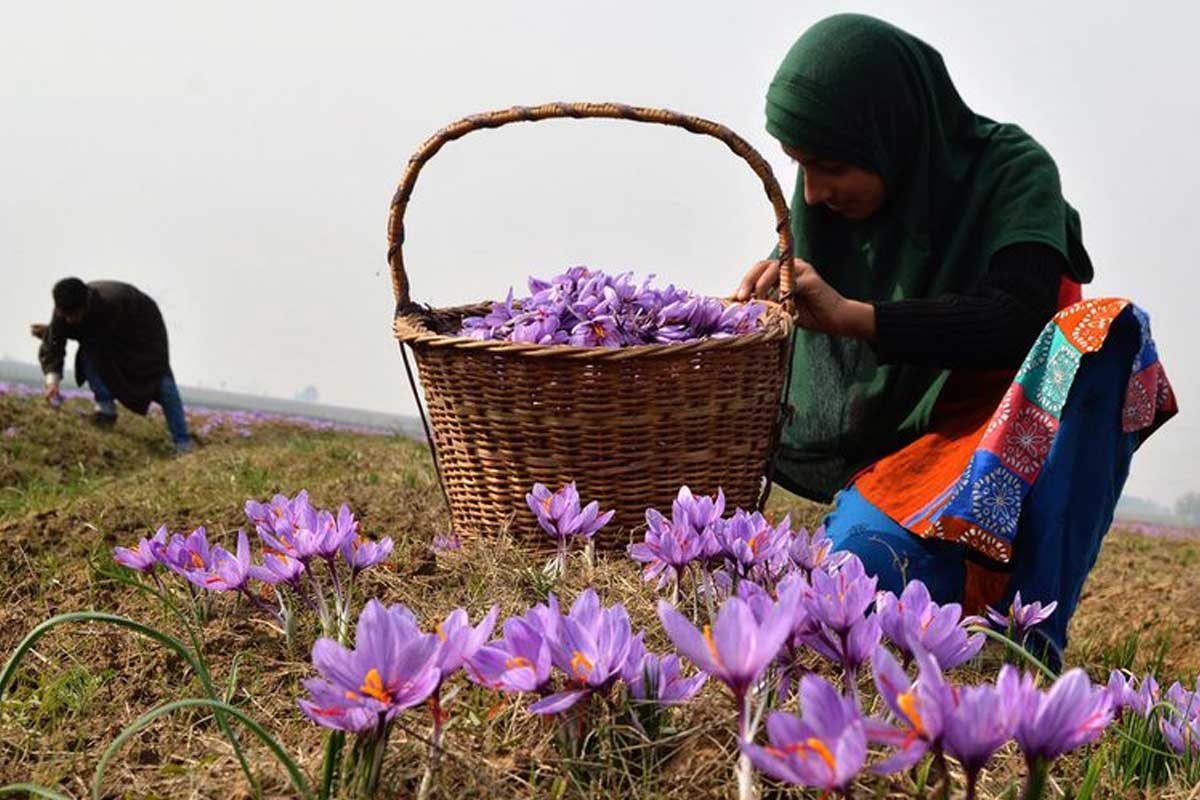Free Express International Delivery & Easy Returns
Free Express International Delivery & Easy Returns
The Journey of Saffron: From Farm to Table

Saffron, often referred to as the “king of spices,” embarks on a remarkable journey from its humble beginnings as delicate threads in the fields to its place of honor on tables around the world. Let’s explore the fascinating journey of saffron, from farm to table.
Saffron cultivation begins with the planting of Crocus sativus bulbs, typically in the late summer or early autumn months. These bulbs develop into beautiful purple flowers with slender, thread-like stigmas, which are the source of saffron. Harvesting saffron is a labor-intensive process that requires careful handpicking of the delicate stigmas during the brief flowering season, usually in the fall.
Once the saffron flowers bloom, skilled harvesters meticulously handpick the delicate stigmas, known as threads, from each flower. This delicate task requires precision and expertise to ensure that only the highest quality saffron threads are selected. After harvesting, the saffron threads are carefully sorted to remove any impurities or unwanted plant material.
After harvesting and sorting, the saffron threads undergo a drying process to preserve their flavor, aroma, and color. Traditionally, saffron threads are dried in the sun or in well-ventilated areas to remove excess moisture. Once dried, the saffron threads are ready for packaging and distribution.
Packaging is a crucial step in preserving the quality and freshness of saffron. The dried saffron threads are carefully packaged in airtight containers or sealed pouches to protect them from moisture, light, and air. From there, they are distributed to markets, retailers, and consumers around the world, ready to be enjoyed in a variety of culinary creations.
Saffron’s journey culminates in the kitchen, where it is celebrated for its vibrant color, distinctive flavor, and aromatic fragrance. Chefs and home cooks alike use saffron to enhance a wide range of dishes, from savory paellas and creamy risottos to decadent desserts and refreshing beverages. With just a pinch of saffron, ordinary recipes are transformed into extraordinary culinary masterpieces.
Saffron’s journey doesn’t end at the table—it continues through the shared experiences of those who savor its flavor and aroma. Whether enjoyed in a cozy family meal or a festive gathering with friends, saffron brings people together and creates lasting memories. Its rich history, cultural significance, and culinary versatility make saffron a beloved spice that transcends borders and unites cultures.
The journey of saffron, from farm to table, is a testament to the dedication, craftsmanship, and tradition that go into producing this precious spice. From the fields where it is lovingly cultivated to the tables where it is savored and enjoyed, saffron represents the essence of culinary excellence and cultural heritage.
Please feel free to contact us for any inquiries related to Saffron.
Copyright © 2024 Zaflore.